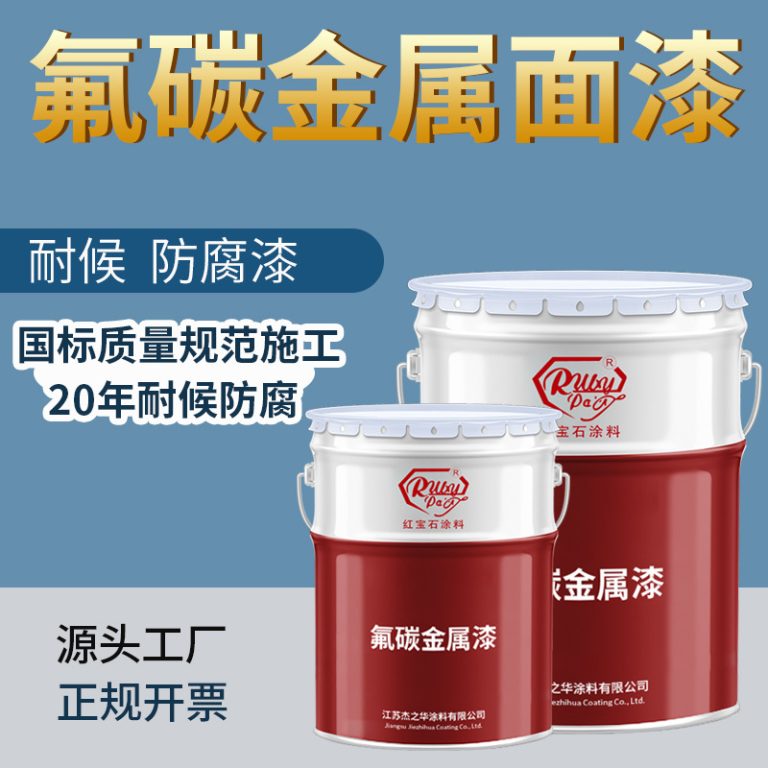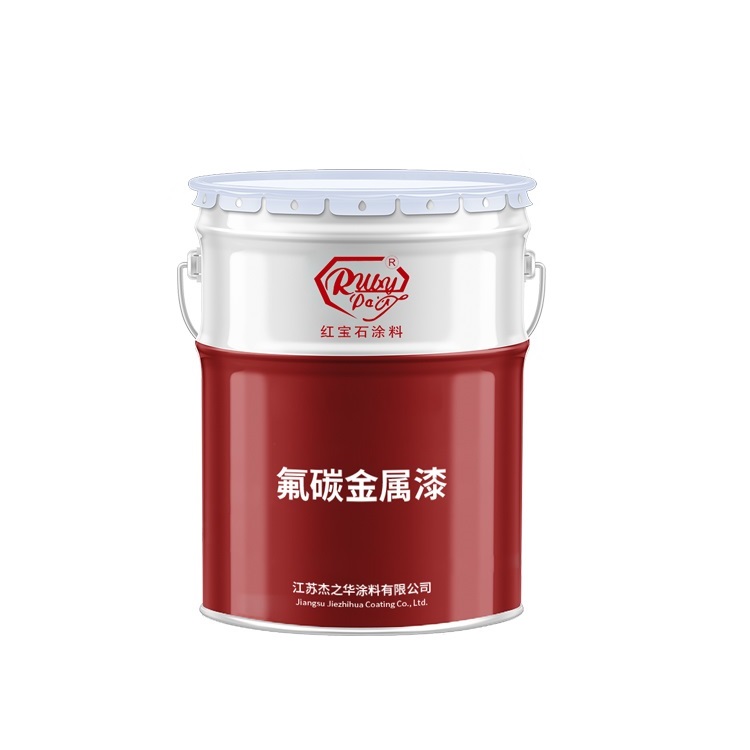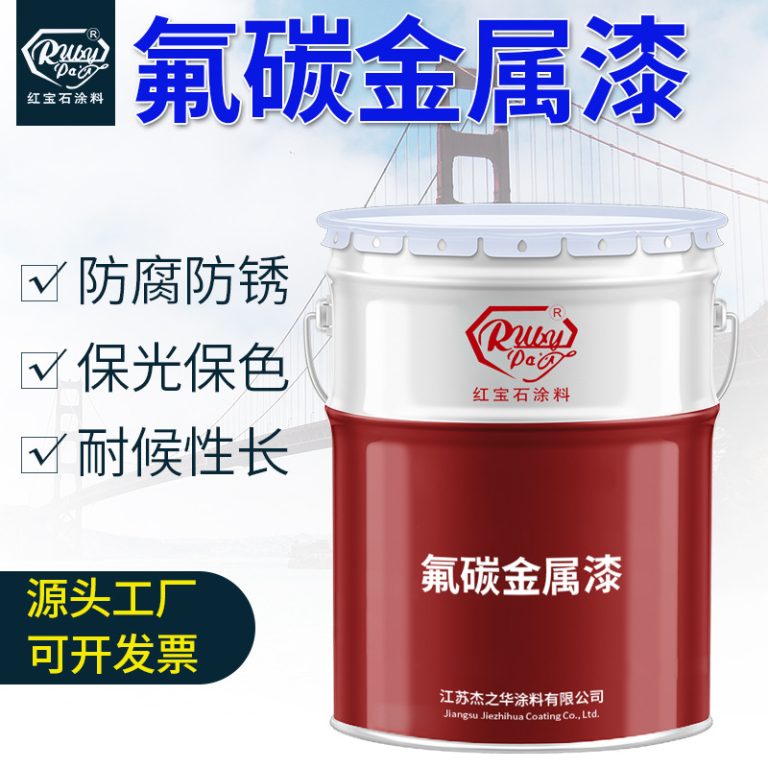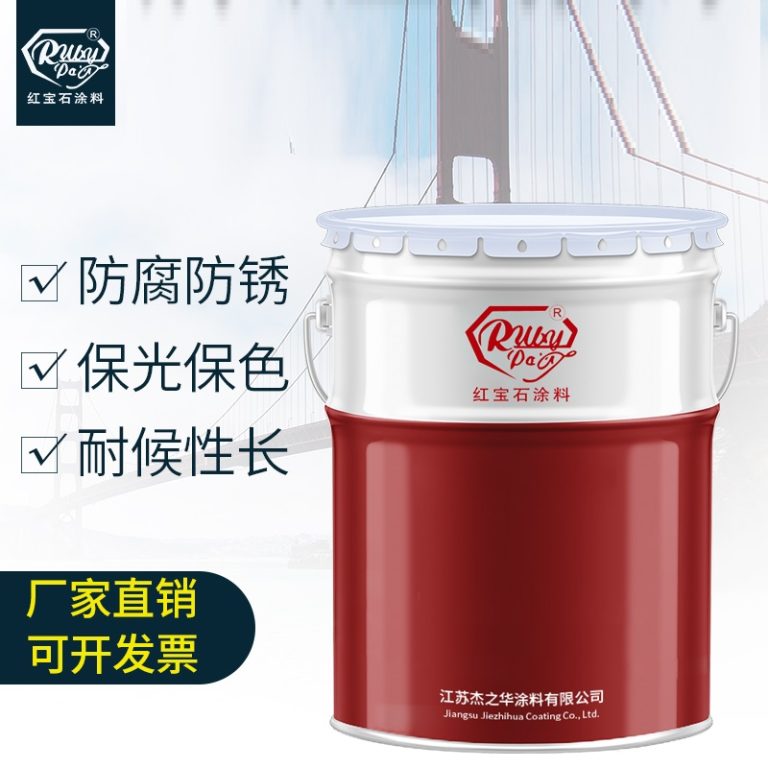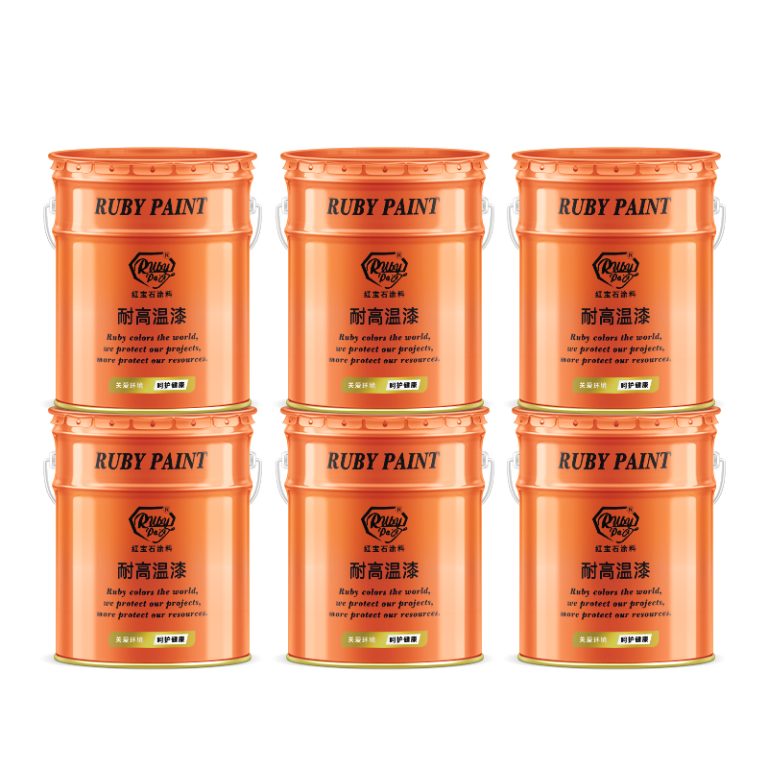Table of Contents
Benefits And Applications Of Chlorinated Rubber Paint Colours
Chlorinated rubber paint is a specialized coating that offers a range of benefits and applications, making it a popular choice for various industries. This type of paint is known for its unique properties, which include resistance to chemicals, water, and weathering, as well as its ability to adhere to a variety of surfaces. The versatility of chlorinated rubber paint is further enhanced by the availability of a wide range of colors, which can be used to meet specific aesthetic and functional requirements.
One of the primary benefits of chlorinated rubber paint is its exceptional durability. This paint forms a tough, flexible film that can withstand harsh environmental conditions, including exposure to UV rays, saltwater, and industrial chemicals. As a result, it is an ideal choice for coating surfaces that are subject to frequent wear and tear, such as floors, walls, and machinery in industrial settings. Additionally, the paint’s resistance to moisture and corrosion makes it suitable for use in areas with high humidity or direct contact with water, such as swimming pools and marine environments.
| No. | Product |
| 1 | Industrial paint |
Another advantage of chlorinated rubber paint is its quick-drying properties. Unlike other types of coatings, which may require extended drying times, chlorinated rubber paint dries rapidly, allowing for faster project completion and reduced downtime. This feature is particularly beneficial in commercial and industrial applications where time is of the essence, and any delay can result in significant financial losses.
The availability of chlorinated rubber paint in a variety of colors also opens up a wide range of possibilities for customization and branding. Businesses can choose colors that align with their corporate identity or use different hues to demarcate specific areas within a facility, enhancing both aesthetics and functionality. For example, safety yellow can be used to paint hazard zones or walkways, improving visibility and reducing the risk of accidents.
In addition to its industrial applications, chlorinated rubber paint is also used in public infrastructure projects. Its ability to withstand heavy traffic and environmental factors makes it an excellent choice for coating bridges, highways, and parking lots. The paint’s reflective properties can be enhanced by adding glass beads, which improves nighttime visibility and contributes to road safety.
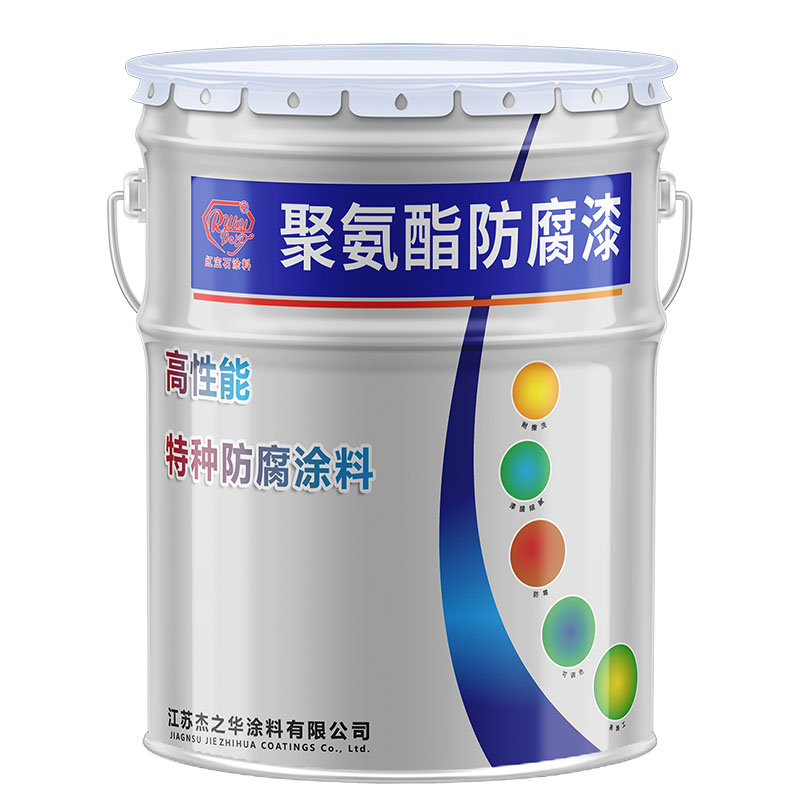
Furthermore, chlorinated rubber paint is easy to maintain. Its smooth, non-porous surface does not trap dirt or grime, making it simple to clean with mild detergents and water. This ease of maintenance is particularly valuable in settings such as hospitals and food processing plants, where cleanliness and hygiene are paramount.
In conclusion, chlorinated rubber paint offers a multitude of benefits that make it a preferred choice for a variety of applications. Its durability, quick-drying nature, and resistance to harsh conditions ensure long-lasting protection for surfaces in demanding environments. The availability of diverse colors enhances its utility by allowing for customization and functional use in safety markings. Whether used in industrial settings, public infrastructure, or commercial spaces, chlorinated rubber paint provides a reliable and effective solution for protective and decorative coatings.
Comparison Of Chlorinated Rubber Paint Colours With Other Industrial Coatings
Chlorinated rubber paint is a specialized coating that has been widely used in various industrial applications due to its unique properties. This type of paint is known for its excellent resistance to chemicals, water, and weathering, making it an ideal choice for environments that are exposed to harsh conditions. One of the distinguishing features of chlorinated rubber paint is the range of colors it is available in, which allows for both functional and aesthetic applications.
When comparing chlorinated rubber paint colors with other industrial coatings, it is important to consider the specific requirements of the project. For example, epoxy coatings are another popular choice for industrial applications due to their durability and resistance to chemicals. However, epoxy coatings typically have a more limited color range compared to chlorinated rubber paint. This can be a significant factor when color coding is necessary for safety or organizational purposes.
Polyurethane coatings are also commonly used in industrial settings and offer a high level of durability and resistance to abrasion. Like epoxy coatings, polyurethane coatings have a somewhat limited color palette, which may not be suitable for all projects. In contrast, chlorinated rubber paint can be custom-tinted to match virtually any color, providing greater flexibility in design and application.
Another advantage of chlorinated rubber paint is its quick drying time, which allows for faster project completion. This can be a critical factor in industrial environments where downtime needs to be minimized. In comparison, some other industrial coatings, such as certain types of epoxy and polyurethane, may require longer curing times, which can extend the overall project timeline.
In terms of application, chlorinated rubber paint is relatively easy to apply and does not require the use of specialized equipment. This can lead to cost savings in terms of labor and equipment rental. Other industrial coatings, on the other hand, may require more complex application techniques and specialized equipment, which can increase the overall cost of the project.
| No. | Name |
| 1 | Industrial paint |
It is also worth noting that chlorinated rubber paint is highly resistant to UV radiation, which helps to prevent fading and discoloration over time. This is particularly important in outdoor applications where exposure to sunlight is a concern. While some other industrial coatings may also offer UV resistance, the level of protection can vary, and some coatings may degrade more quickly when exposed to UV light.
In conclusion, when comparing chlorinated rubber paint colors with other industrial coatings, it is clear that chlorinated rubber paint offers a number of advantages. Its wide range of available colors, quick drying time, ease of application, and resistance to UV radiation make it a versatile and cost-effective choice for many industrial applications. While other coatings may be more suitable for certain specific needs, chlorinated rubber paint provides a reliable and flexible solution for a variety of projects. As with any coating selection, it is important to carefully consider the specific requirements of the project to ensure the best possible outcome.

